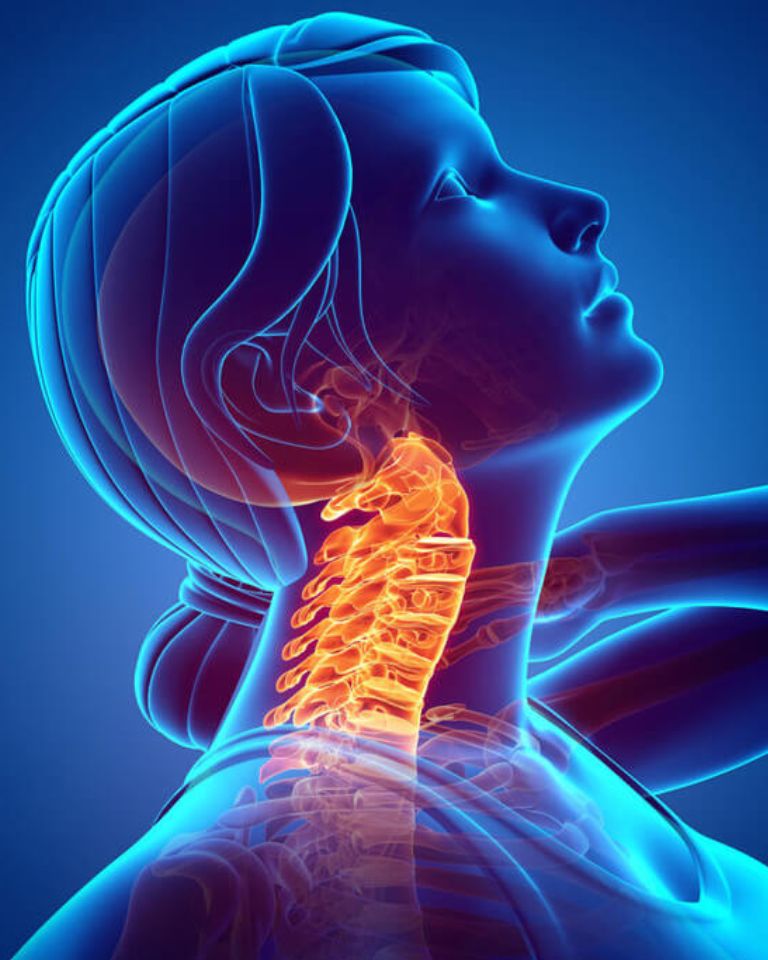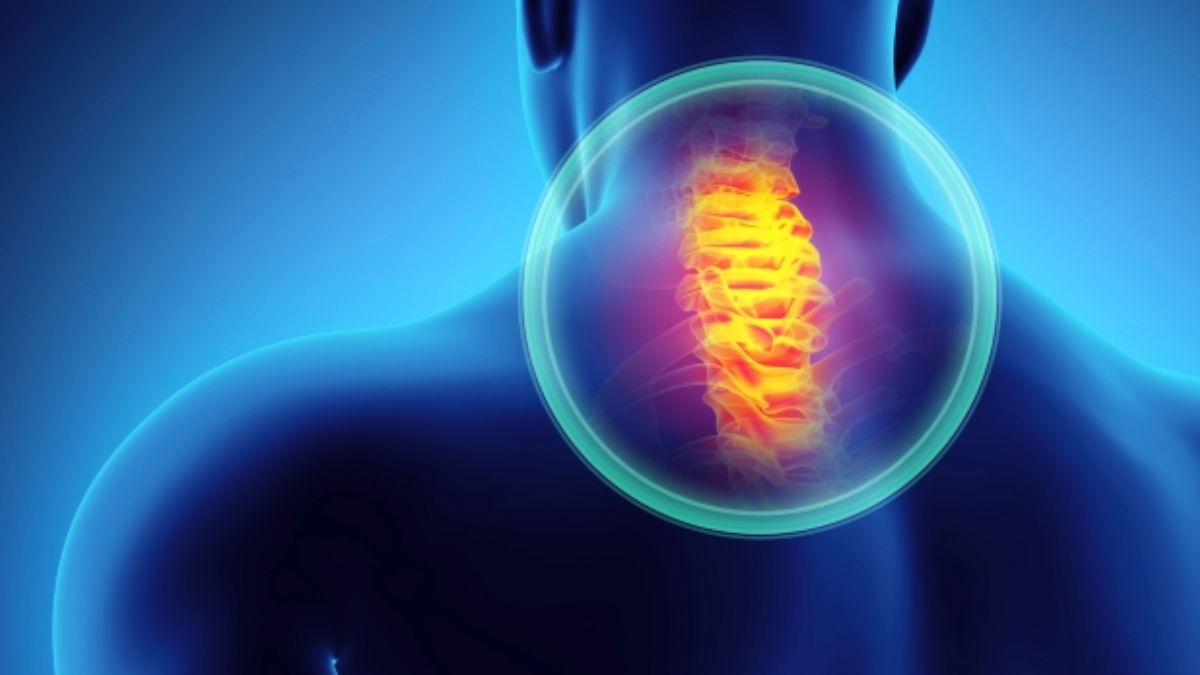
Cervical Microdiscectomy is a minimally invasive surgical procedure designed to relieve pressure on the spinal cord or nerves caused by a herniated disc in the cervical spine, which is the portion of the spine located in the neck. During this procedure, a neurosurgeon or orthopedic surgeon removes the portion of the herniated disc that is pressing on the nerve roots or spinal cord. The “micro” in microdiscectomy refers to the use of a specialized microscope and small instruments to perform the surgery through a tiny incision, which minimizes tissue damage and promotes faster recovery compared to traditional open surgery.
The procedure typically begins with the patient under general anesthesia. The surgeon makes a small incision in the neck and uses a microscope to carefully view and access the affected disc. By removing the protruding or bulging portion of the disc, the surgery aims to alleviate symptoms such as neck pain, radiating arm pain, numbness, tingling, or weakness that can result from nerve compression. The precision of the technique helps to preserve as much healthy tissue as possible, enhancing recovery and reducing the risk of complications.
Cervical Microdiscectomy is often recommended when conservative treatments, such as physical therapy, medication, and epidural steroid injections, have failed to relieve symptoms. It is typically considered for patients who experience significant pain or functional impairment due to a herniated disc. The benefits of this procedure include a reduced risk of infection, less post-operative pain, shorter hospital stays, and a faster return to normal activities. Most patients can expect to resume their daily activities within weeks of the surgery, although full recovery may take a few months.
Overall, cervical microdiscectomy is an effective option for managing cervical disc herniations and can significantly improve the quality of life for those suffering from chronic neck pain and associated neurological symptoms.
Cervical Microdiscectomy is a minimally invasive surgical procedure used to treat problems caused by a herniated or bulging disc in the cervical spine, which is the section of the spine located in the neck. The primary goal of this surgery is to relieve pressure on the spinal cord or nerve roots that may be compressed by the herniated disc material.
How It Works?Pre-Surgery Preparation: The patient is typically placed under general anesthesia. Preoperative imaging tests like MRI or CT scans are used to precisely locate the herniated disc and plan the surgery.
Incision: The surgeon makes a small incision in the neck to access the cervical spine. Unlike traditional open surgery, the incision is smaller, which minimizes tissue damage and promotes faster healing.
Microscopic Surgery: Using a microscope or endoscope, the surgeon carefully navigates to the affected disc. This high-precision tool allows for a clear view of the spinal structures and helps the surgeon remove only the portion of the herniated disc that is causing pressure on the nerves or spinal cord.
Disc Removal: The protruding or bulging part of the disc is removed through the small incision. The goal is to relieve the pressure on the nerve roots or spinal cord, thereby alleviating symptoms such as pain, numbness, or weakness in the arms or neck.
Closure and Recovery: After the herniated disc material is removed, the incision is closed with sutures or staples. The minimally invasive nature of the procedure usually results in less postoperative pain, a shorter hospital stay, and quicker recovery compared to traditional open surgery.
Cervical microdiscectomy is typically recommended for patients who experience significant symptoms from a herniated disc, such as severe neck pain, radiating arm pain, numbness, tingling, or weakness, and who have not responded well to conservative treatments like medication, physical therapy, or injections.
In summary, cervical microdiscectomy is an effective and less invasive surgical option for treating cervical disc herniations and relieving associated symptoms, helping patients regain function and improve their quality of life.

Cervical microdiscectomy is generally performed using a minimally invasive approach, but there are variations in technique depending on the specific case, surgical preference, and available technology. Here are the primary types or approaches to cervical microdiscectomy:
Anterior Cervical Microdiscectomy
Posterior Cervical Microdiscectomy
Endoscopic Cervical Microdiscectomy
Microendoscopic Cervical Discectomy
Interlaminar Cervical Discectomy
Each type of cervical microdiscectomy has its own set of indications, benefits, and potential risks. The choice of approach depends on the specific characteristics of the disc herniation, the patient’s overall health, and the surgeon’s expertise and preference. Consulting with a qualified spine specialist is essential to determine the most appropriate surgical approach for each individual case.
Cervical microdiscectomy is generally well-tolerated and effective, but like any surgical procedure, it can be accompanied by various symptoms and side effects during the recovery period. Here are some common and potential symptoms associated with cervical microdiscectomy:
Neck Pain: Mild to moderate neck pain is common after the procedure. This is usually due to the surgical manipulation of tissues and the healing process. Pain is typically managed with medications and improves over time.
Sore Throat: Some patients may experience a sore throat or discomfort in the throat area due to the intubation required for general anesthesia or the incision made in the front of the neck.
Swelling and Bruising: Swelling and bruising around the incision site or in the neck area are normal and usually subside within a few weeks.
Numbness or Tingling: Initially, some patients may experience residual numbness or tingling in the arms or fingers. This can be due to residual inflammation or irritation of the nerves that were previously compressed.
Stiffness: Post-surgical stiffness in the neck is common as the body adjusts and heals. Gentle range-of-motion exercises and physical therapy can help alleviate this stiffness.
Infection: Though rare, there is a risk of infection at the incision site. Symptoms of infection can include redness, swelling, warmth, and discharge at the site, as well as fever.
Bleeding or Hematoma: Excessive bleeding or the formation of a hematoma (a localized collection of blood outside blood vessels) can occur, potentially causing swelling and discomfort.
Dysphagia: Difficulty swallowing (dysphagia) can occur due to irritation or inflammation of the tissues near the throat. This is usually temporary but should be monitored.
Persistent Pain: Some patients might experience persistent pain or discomfort despite the surgery. This could be due to incomplete relief of the original symptoms, or it may indicate complications.
Neurological Symptoms: In rare cases, there may be new or worsening neurological symptoms, such as increased numbness, weakness, or pain in the arms. This could indicate residual pressure on the nerves or other complications that need to be addressed.
Spinal Fluid Leak: Though uncommon, a spinal fluid leak can occur and might lead to symptoms such as headaches or changes in fluid balance.
Cervical microdiscectomy is a highly effective, minimally invasive procedure designed to alleviate symptoms caused by herniated discs in the cervical spine. While the surgery generally leads to significant relief from neck pain, arm pain, and neurological symptoms, it is important for patients to be aware of both common and potential post-operative symptoms. Monitoring recovery and adhering to post-surgical care can enhance the healing process and overall outcomes.
For those seeking expert care in Indore, Dr. Amit Deora, a renowned neurosurgeon in Indore, offers specialized expertise in cervical microdiscectomy and other spinal conditions. Dr. Deora’s advanced surgical techniques and personalized approach ensure that patients receive the highest quality of care tailored to their specific needs. If you are experiencing symptoms related to cervical disc issues or considering cervical microdiscectomy, consulting Dr. Amit Deora can provide you with comprehensive evaluation and effective treatment options to help you achieve optimal recovery and improved quality of life.